Fitness meets Health on the Apple Watch
Apple's run at fitness
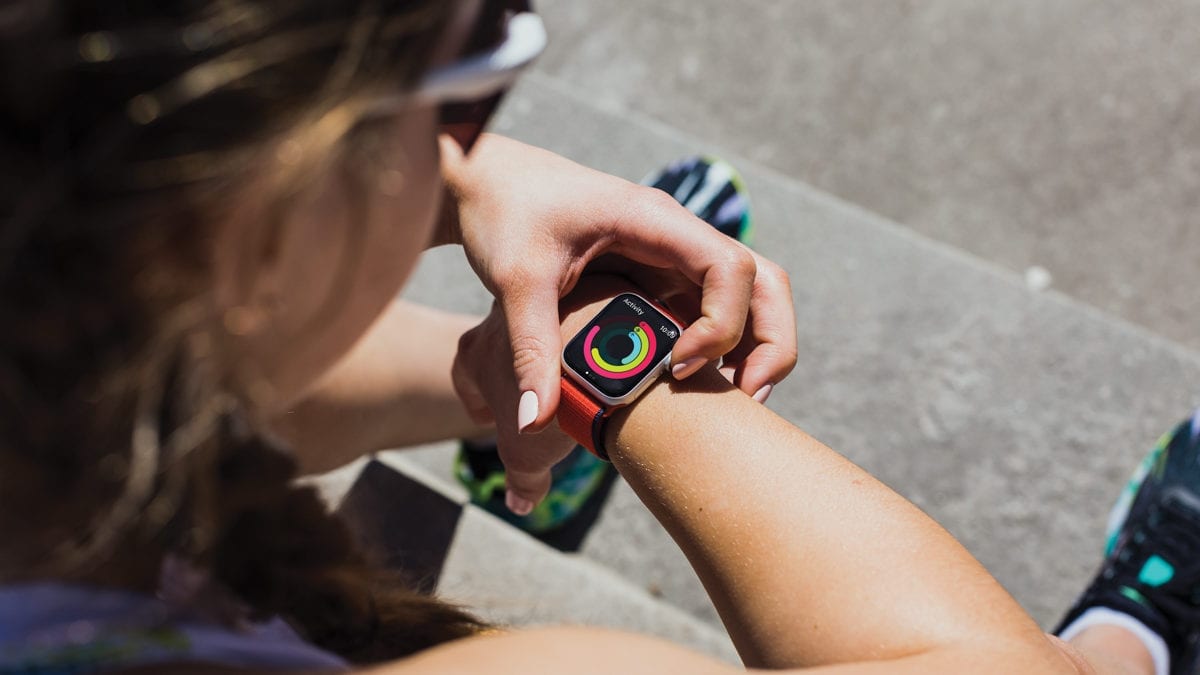 Photo by:
Matt Stetson
Photo by:
Matt Stetson
Last fall I found the “hill from hell” again. Set deep in the trails of Dundas Valley Conservation Area just outside of Hamilton, Strava users refer to it simply as K2. Thirty years ago, when I used to take the track group I coached to do repeats on the hill, the 400 and 800 m runners wouldn’t even dream of calling the 1.3 km loop with a wicked 300-foot climb and tricky descent anything as banal as “K2.”
Neither would my triathlon training group. They weren’t nearly as excited as I was to find the “hill from hell.” So, on a cool Saturday morning last October, the gang were working their way through a set of three efforts around the loop. I went to get some pictures of them coming down the hill.
“Where’s Sharon?” I asked the two triathletes who had been running with my wife the last time I saw them.
“She fell and told us to go ahead,” they replied. “She’s walking down behind us.”
As she came down the hill towards me at a slow jog, before I could even ask if she was OK, she had a question for me.
“Did you know this watch would start talking to me?” she asked. “It kept asking me if I was OK after I fell and if I needed help.”
“This watch” was an Apple Watch Series 5, and she’d gone down hard enough that the safety features built into the watch kicked in. If she’d needed it to, the watch could have made a call to emergency services. If she hadn’t responded, it would have called emergency services and then sent a message with her location to her emergency contacts. Luckily enough, none of that was necessary.
The day after witnessing the watch in action, one of the other runners from the group bought an Apple Watch for her elderly father, who’d always refused to wear any sort of emergency gear in case of a fall, but could be convinced to wear a cool-looking smartwatch.
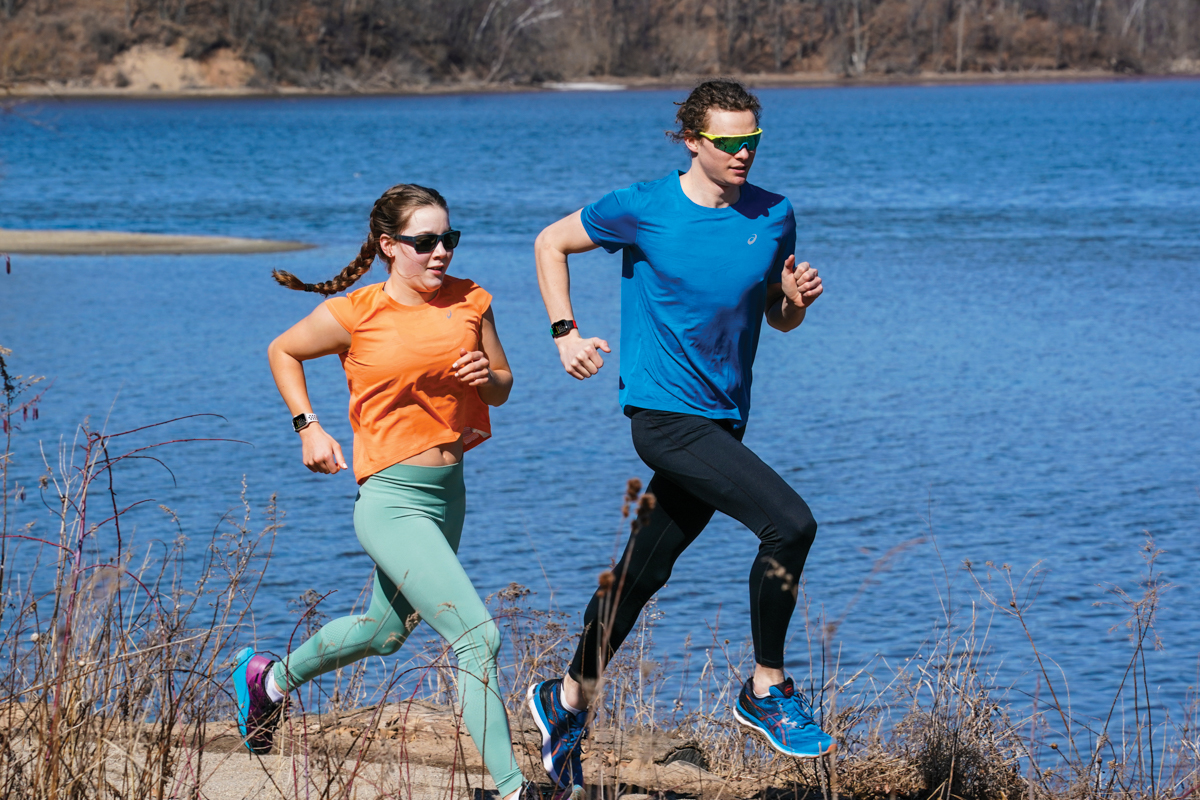
Related: First look – the Apple Watch Series 6
According to Above Avalon, a website that analyzes Apple business activities, as of February 11, 2021, over 100 million people wear Apple Watches. Thirty million people started wearing the watch in 2020 alone. Apple’s share of the global smartwatch market is just over 51 per cent, according to industry analysis firm Counterpoint, dwarfing the numbers of the rest of its competition
Athletes like Sharon, an age-group world champion and two-time Ironman World Championship competitor, appreciate the safety features that are built into the Apple Watch. But many of those features can be found in other multisport watches. There are other watches that lend themselves to more detailed analysis of workouts than the apps you’ll find on the Apple Watch, too. But even serious athletes are starting to embrace their Apple Watch to keep track of even their toughest and most technical workouts. They like the fact that it can serve as a multisport watch, a fitness tracker and a smartwatch that provides easily accessible data, but most importantly, the Apple Watch reinforces the fitness lifestyle that they embody. Every day it tracks how far they’ve moved, how many calories they’ve burned, when they’ve stood up through the day. Every day that data is expressed in the form of an exercise, move and stand ring, which gets “closed” once they’ve hit the appropriate levels.
Which helps explain why, over the last few years, I’ve started to see the Apple Watches appear on the wrists of some of the athletes in my training group. It might not be as easy to get a lap split, but if I was calling out times during a run set, or they could look down at a bike computer to keep track of things during a hard ride, the Apple Watch more than did the trick. But, most important for many of these athletes, the Apple Watch doesn’t just measure their fitness, it’s tracking their health. They don’t want to be “sedentary triathletes” who hammer through a morning workout then spend the next eight hours at a desk glued to a computer screen. They embrace the challenge the Apple Watch throws at them every day, cajoling them to ensure they don’t hit the sack without “closing their rings” by moving enough throughout the day, getting enough vigorous exercise and standing for a little bit every hour.
Related: Believe it or not, you might be a sedentary triathlete
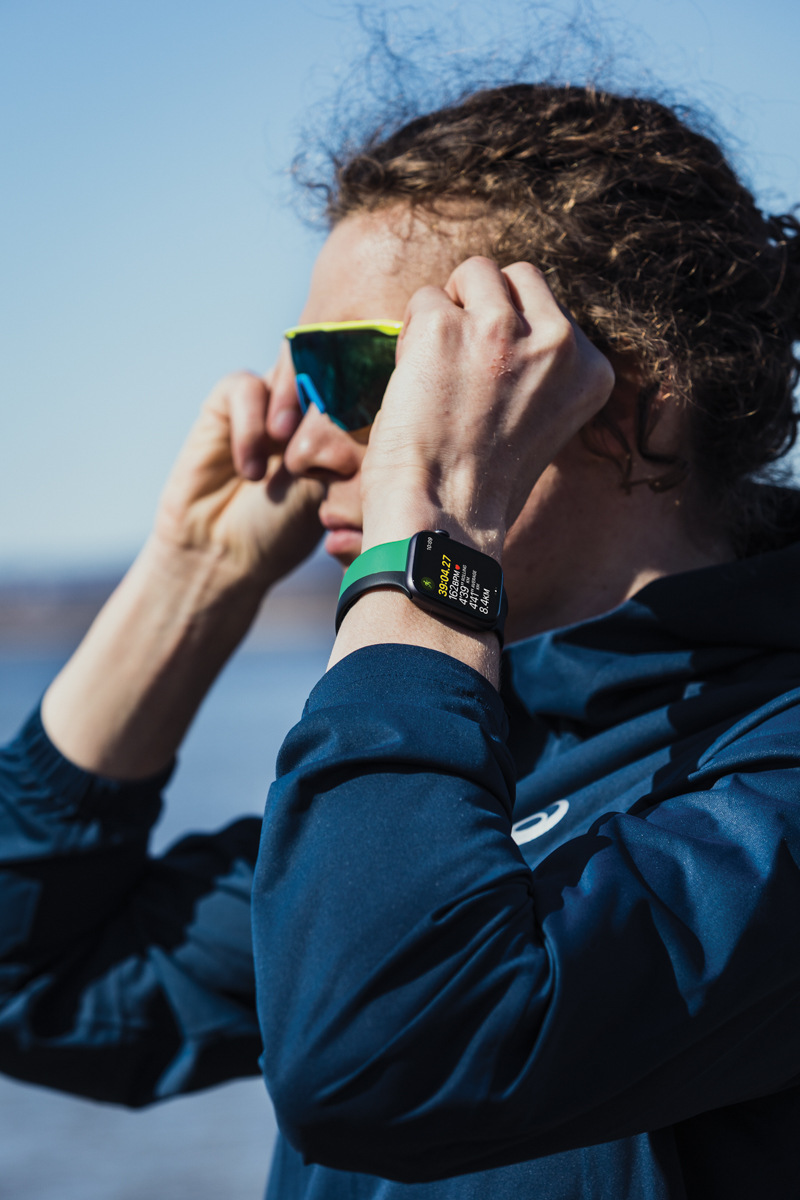
So, was this what the engineers and developers had envisioned when they were working on the Apple Watch before it was released in 2015?
“We started with a very simple premise with the Apple Watch – we knew it would do a number of things, but one of the core tenets was to help people have a better day by being more active,” says Jay Blahnik, the senior director of fitness for health technologies for Apple. “That was something we cared about from the very beginning. We focused on two apps to help us reach that goal – the activity app to measure your day and the workout app to measure your session-based activities. We knew they needed to talk to each other because how you measure your workout is not how you measure your active day, but obviously what you do in your workouts impacts your active day.”
Blahnik, who came to Apple with a long history as one of the pioneers in the digital fitness world (among his many consulting gigs with companies like Nautilus, Schwinn and Stairmaster, he worked with Nike on the Nike+ Run Club app and Nike+ FuelBand), says that as the Apple Watch launched they figured “sportier” people would be drawn to the workout app and less interested in the other metrics the watch provided, while people who were less sporty “would care more about how their day ends up and less about workouts.” Surprisingly, they found that wasn’t the case.
“There seems to be a trend that even if you’re elite and you care about your split times in a workout, there’s a growing trend for that to add up to something wonderful across your day, and across your week, and across your month, you really want that workout to contribute to your overall health,” Blahnik says. “Conversely, people who were measuring their day with the activity app, suddenly they had a device that could tell them how far they went on their hike, or their walk and something that they wouldn’t have considered exercise they were thinking ‘I’ve done this a couple of times and now I’m going faster.’ What we noticed was that elite athletes had become more aware of the health of their day, and people who were just trying to make their day healthy were getting more engaged in the value of dedicated exercise.”
Blahnik says that the biggest lesson he learned from his experience with digital fitness before he arrived at Apple was that “measurement, done right, can motivate people.”
“Knowing if you’re getting better, getting worse, or staying the same is very motivating,” he says. “Knowing when you’ve beaten something is motivating. Knowing how you’re doing against other people – those things are really motivating. Even closing your rings for the day is using this idea of bringing in this idea of using measurement as motivation. Did you stand, did you move, did you exercise.”
Related: Apple dives into exercise programs with Fitness+
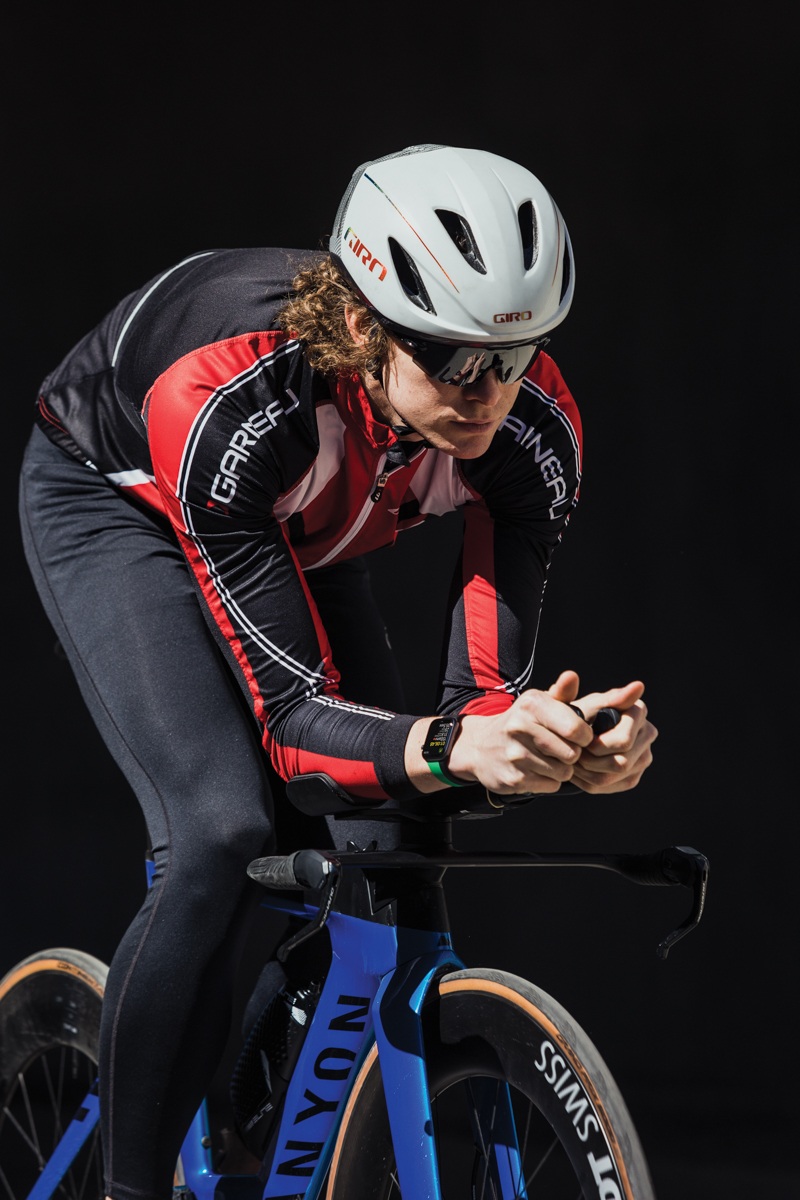
It’s hard not to get excited when you hear Blahnik talk about what the Apple Watch can do, but as far as he and the rest of the health and fitness team at Apple are concerned, they’re just getting started. And that message comes right from the very top level of the company.
“I really believe that if you zoom out to the future and then look back and ask, ‘What has Apple’s greatest contribution been?’ it will be in the health and wellness area,” Apple’s CEO Tim Cook told Outside Magazine in an interview earlier this year.
“The future of health is on your wrist,” went the slogan that accompanied the launch of the Apple Watch Series 6 last fall. The various sensors in the watch can monitor so many different aspects of your health and Apple keeps expanding the capabilities. The latest version, Apple Watch Series 6, can measure your blood oxygen levels and the previous version introduced an ECG app so you can do your own electrocardiogram. The watch can also predict your cardio fitness level, providing similar information that you would get from a cardio fitness test.
“We added a heart rate sensor to really be able to see heart rates during a workout, but we started to see that people were wearing Apple Watch all day, every day and it became clear that the sensor might be able to pick up other things,” Blahnik says, “When we realized that we could detect irregular arrhythmia consistent with A-fib, we pushed down that development route and it made us think about other things that would make the watch a person’s guardian.”
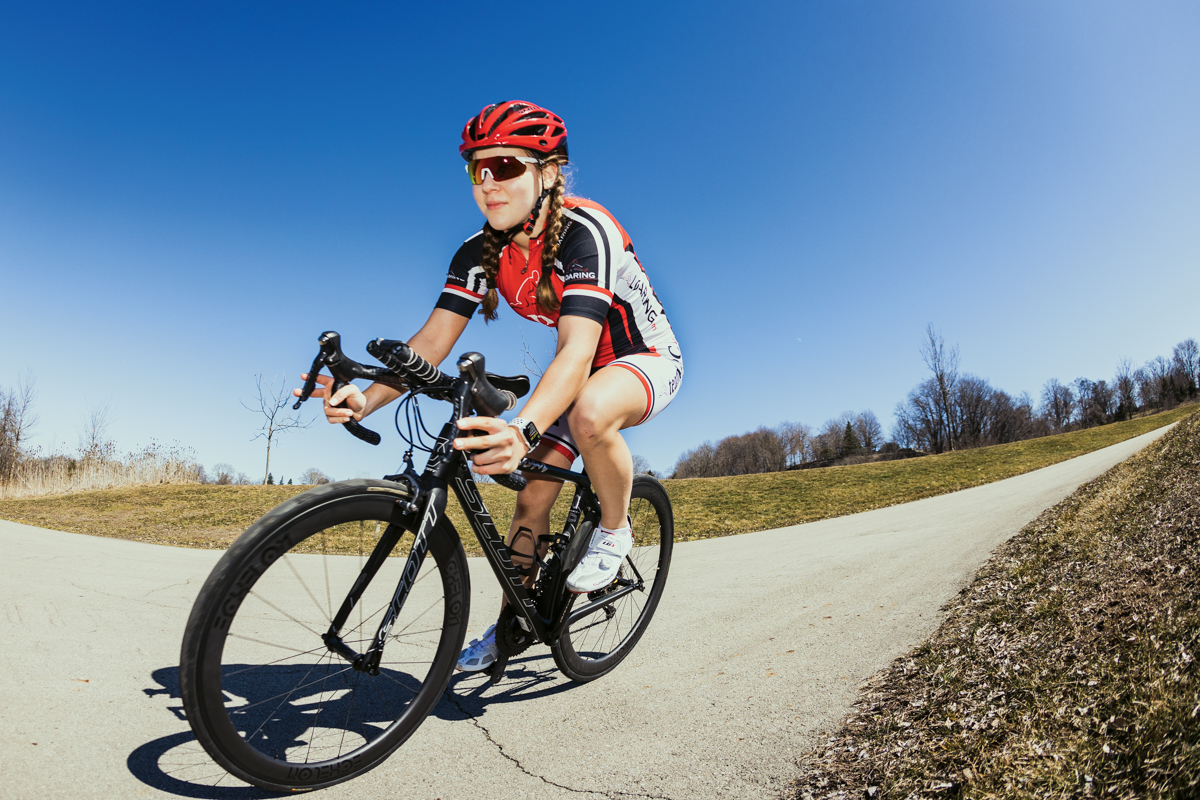
The emphasis on health doesn’t mean that Apple isn’t doubling down on the fitness aspects of the watch, though. Last fall the company launched Apple Fitness+ – “a new fitness experience for everyone, powered by Apple Watch.”
Now, instead of just “nudging” you to get up or head out the door for some activity, Apple was ready to show you how to do get started with a running program, or enjoy a fitness class or yoga session, using data from your watch and integrating your own music tastes. And, as they saw with the Watch, there is a lot more crossover between different levels of athletes and fitness enthusiasts than Apple had anticipated.
“What we’re finding is that people who are incredibly fit may be using fitness plus to do their indoor run when it’s cold or to do some cross-training in the rower, but they’re also discovering things like yoga to balance out their routine,” says Blahnik. “They never would have done it if they would have had to go to a 90-minute class in the studio, but they’ll happily do 10 minutes at the end of their running session.”
Is the Apple Watch for everyone? Absolutely not. First off, you pretty much need to be an iPhone user to use one. And, as good as the fitness apps are, and even though there are lots of third-party apps you can load onto the Apple Watch to enhance them, when it comes to tracking workouts, the top multisport watches from Garmin, Polar, Suunto and Wahoo provide a more detailed and fulsome experience. While those watches will offer some “smartwatch” features, though, they can’t match up with all the things an Apple Watch will do.
Couple all those “smart” abilities with enough fitness tracking apps, and you have an all-day tool on your wrist that keeps you connected, provides information when you need it, allows you to leave your phone at home and still be able to connect in an emergency and monitors your health. This tool, though, also serves up daily reminders and motivation to keep you healthy, not just fit.
And it’ll even make a call for you if you run into issues on the “hill from hell.”
This story appears in the May, 2021 issue of Triathlon Magazine Canada.
